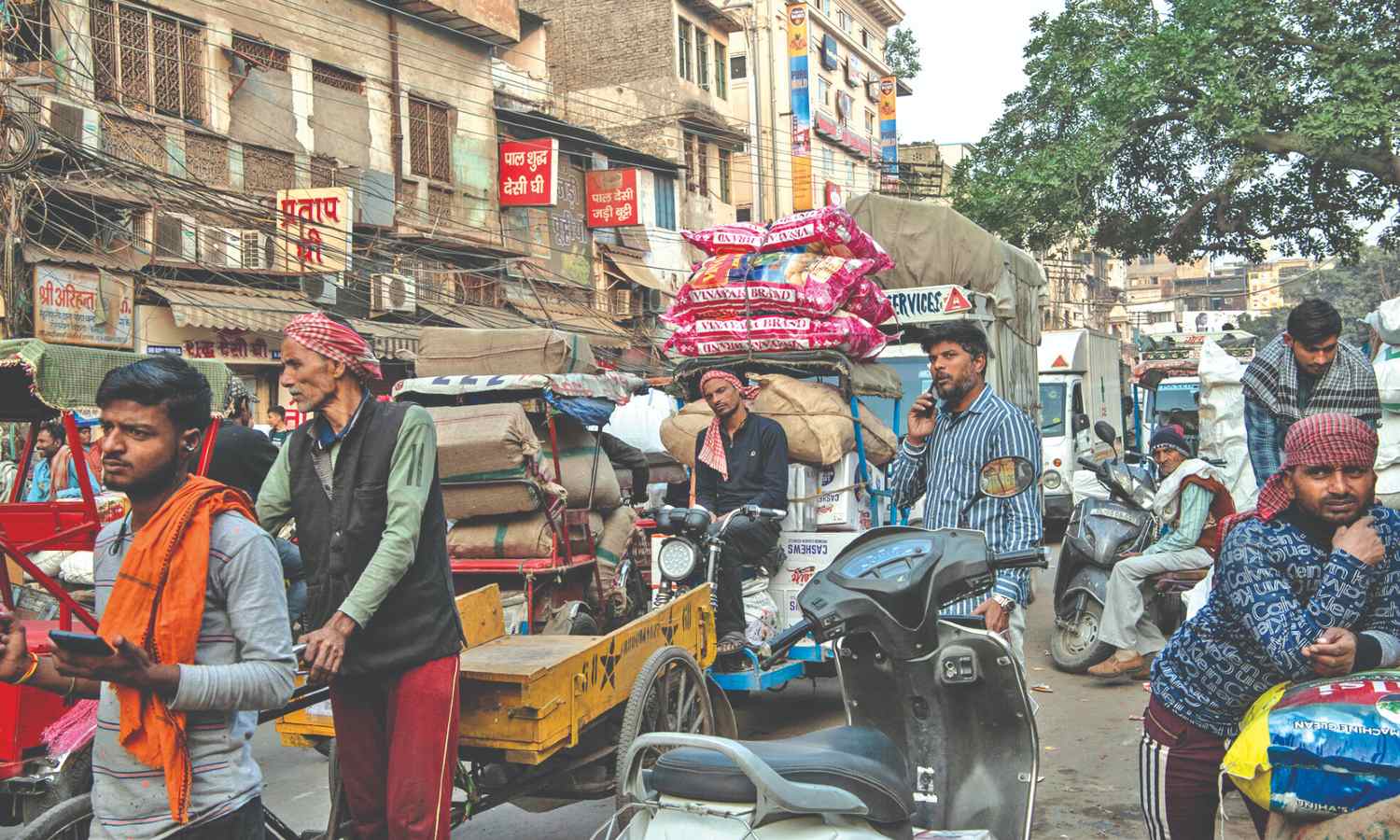
China's reign as the king of global consumers might be nearing its end, with challenger rising from the East -- India. Pushed up by a growing middle class and a youthful population, India's consumer market is poised for explosive growth, potentially surpassing China in the coming years.
China currently holds the top spot with a massive consumer base. While estimates vary, China is expected to have over 1 billion consumers by 2030, compared to India's projected 773 million. However, the growth trajectory paints a different picture. China's consumer base is expanding at a slower pace (around 15 per cent by 2030), while India's is expected to surge by a staggering 46 per cent in the same period.
Shifting demographics
One key factor driving this change is demographics. China faces an aging population, with a median age of 39 compared to India's India's median age of 28, which is a youthful population. This young Indian demographic presents a vast pool of potential consumers. However, China's seniors are also getting tech-savvy, with most expected to be online by 2030 with significant spending power concentrated in tech-savvy Gen Y.
Consumption trends
While China traditionally focused on quantity, its consumers are now prioritizing quality and experiences. This shift is evident in the rise of live-streamed shopping and the popularity of premium goods. India, on the other hand, is witnessing a rise in middle-class spending, with increasing disposable incomes.
Despite high internet penetration, challenges like youth unemployment and limited access to quality education could hinder India's digital innovation, a crucial driver for e-commerce growth. Additionally, data privacy concerns linger among Indian millennials, potentially slowing down online shopping adoption.
While both countries are witnessing a rise in online commerce, digital infrastructure disparity exists. China boasts of advanced e-commerce platforms powered by AI and live-streaming technology. India, on the other hand, faces challenges like youth unemployment and limited internet access in rural areas.
India needs to bridge the digital divide
For India to dethrone China, it needs to bridge the digital divide. Equipping its youth with the necessary skills and ensuring robust internet infrastructure across the country are crucial steps. Addressing data privacy concerns will also be essential to build trust and encourage online spending.
China, on the other hand, must broaden its consumer base beyond major cities and cater to migrant workers and rural populations. Additionally, fostering a culture of experience-based spending alongside traditional product consumption will be vital to retain its consumer leadership.
The race for consumer dominance between India and China hinges on their ability to innovate; adapt to changing consumer trends; and create inclusive economic landscapes. The victor will not only redefine global consumer spending patterns but also shape the trajectory of the world economy.












